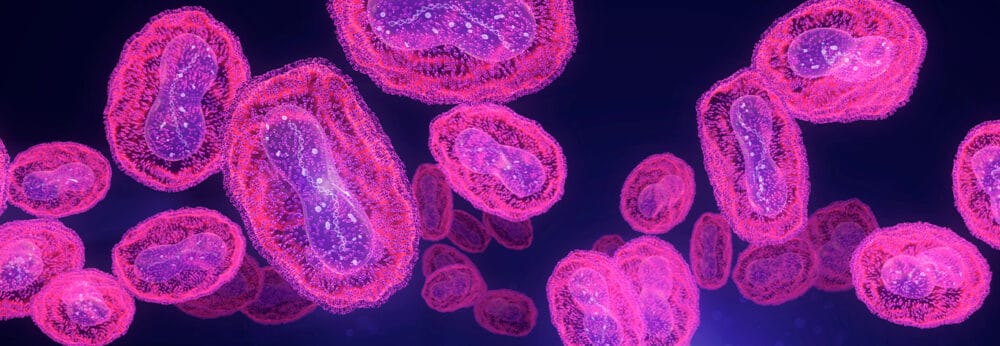Posted
28th November 2017
Research
We posted a week or two ago about a study evaluating the efficacy of various antiseptics and disinfectants for addressing Candida auris. A similar study published recently presents similar findings: chlorine-based disinfectants, and iodine-based and chlorhexidine-based antiseptics all have a role to play in tacking C. auris.
The lab study collected a range of C. auris isolates, including some multidrug-resistant strains, and performed a quantitative suspension test (EN 13624:2013) using a chlorine-based disinfectant, 10% povidone-iodine, 2% chlorhexidine in 70% alcohol, and 2% chlorhexidine gluconate. In clean and dirty conditions, all but the 2% chlorhexidine gluconate resulted in a >4.5 log reduction in the amount of C. auris present in the suspension. Interestingly, the povidone-iodine was not as effective against C. albicans, achieving only a ~3-log reduction. Also, it is worth noting that the chlorine-based disinfectant was tested with a longer 5 minute contact time, to reflect the use of this product as a surface disinfectant rather than skin or hand antiseptic. It would have been good to see the impact of the chlorine-based disinfectant with a shorter (and more realistic!) contact time; a 5 minute contact time is very difficult to achieve in practice, so this is not realistic of the use of disinfectants in practice.
The 2% chlorhexidine gluconate achieved a 1-3 log reduction on all strains of C. auris, within the 2 minute contact time. The testing methodology is important here: 4% chlorhexidine washcloths were shown to inhibit the growth of C. auris when tested using an experimental methodology in a recent study, which involved placing swatches of the cloths onto culture media to observe whether zones of clearing occurred. This experimental methodology is probably a better model for in-use efficacy, because it accounts for extended exposure to chlorhexidine due to residual activity. Also, it’s important to note that 4% chlorhexidine gluconate was diluted to 2% to match the concentration of chlorhexidine in the 2% chlorhexidine in 70% alcohol suspension.
These findings support the use of a range of disinfectants and antiseptics including chlorine-based disinfectants, and iodine-based and chlorhexidine- based antiseptics in the prevention and control of C. auris.
SHARE THIS ARTICLE
Tags
Latest News
Clean Between to Reduce Healthcare-Associated Infections
Healthcare-associated infections (HAIs) are a significant concern for healthcare facilities…
Mpox: emergence of a new threat
A new threat related to mpox is emerging, in the…
Wiping away infections – the CLEEN way!
Cleaning shared medical equipment with a disinfectant wipe at least…
Embracing sustainability and cost savings: The journey of Clinell Indicator Notes to paper-based solutions
At GAMA Healthcare, we’ve always prided ourselves on being at…




